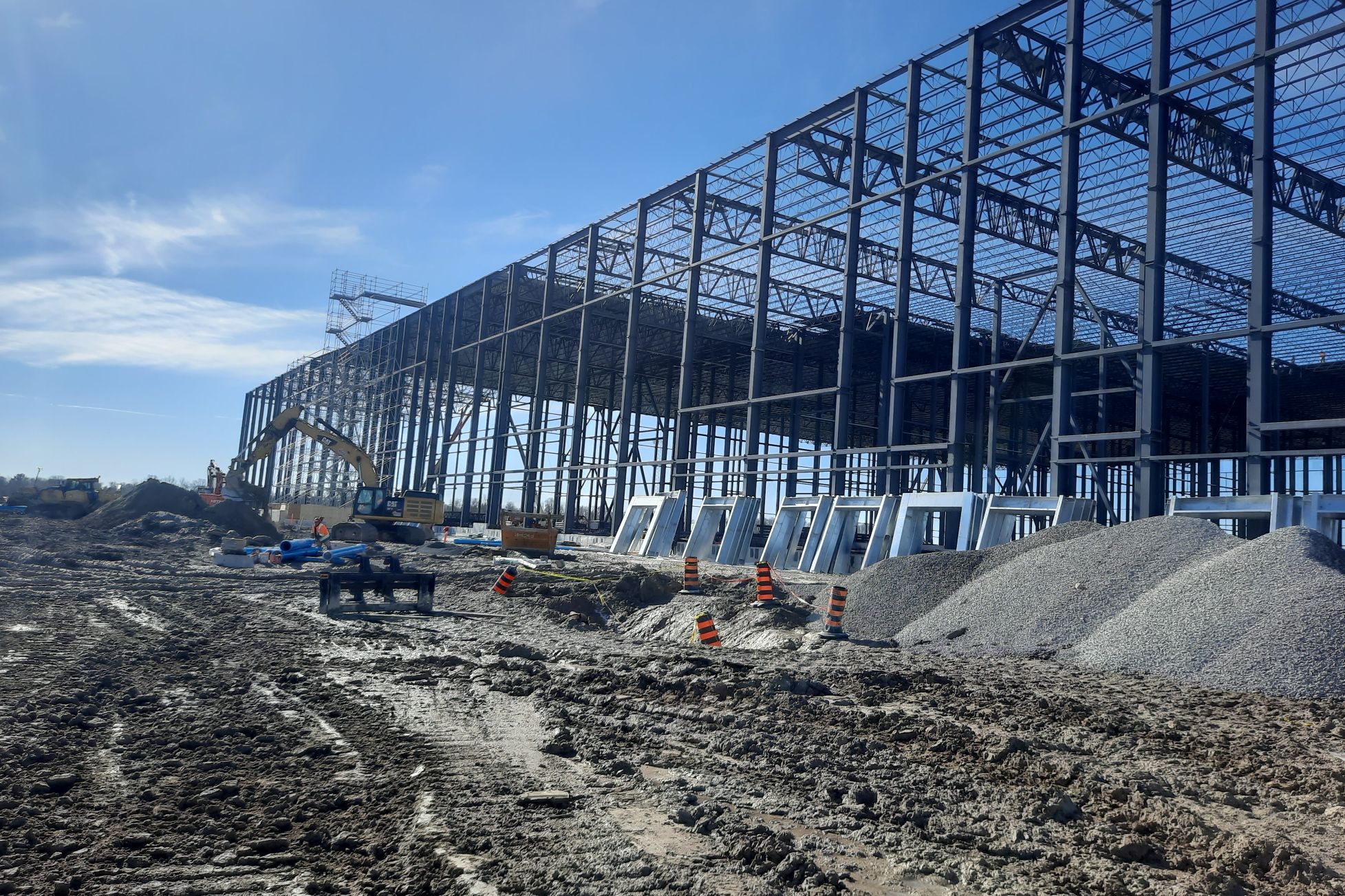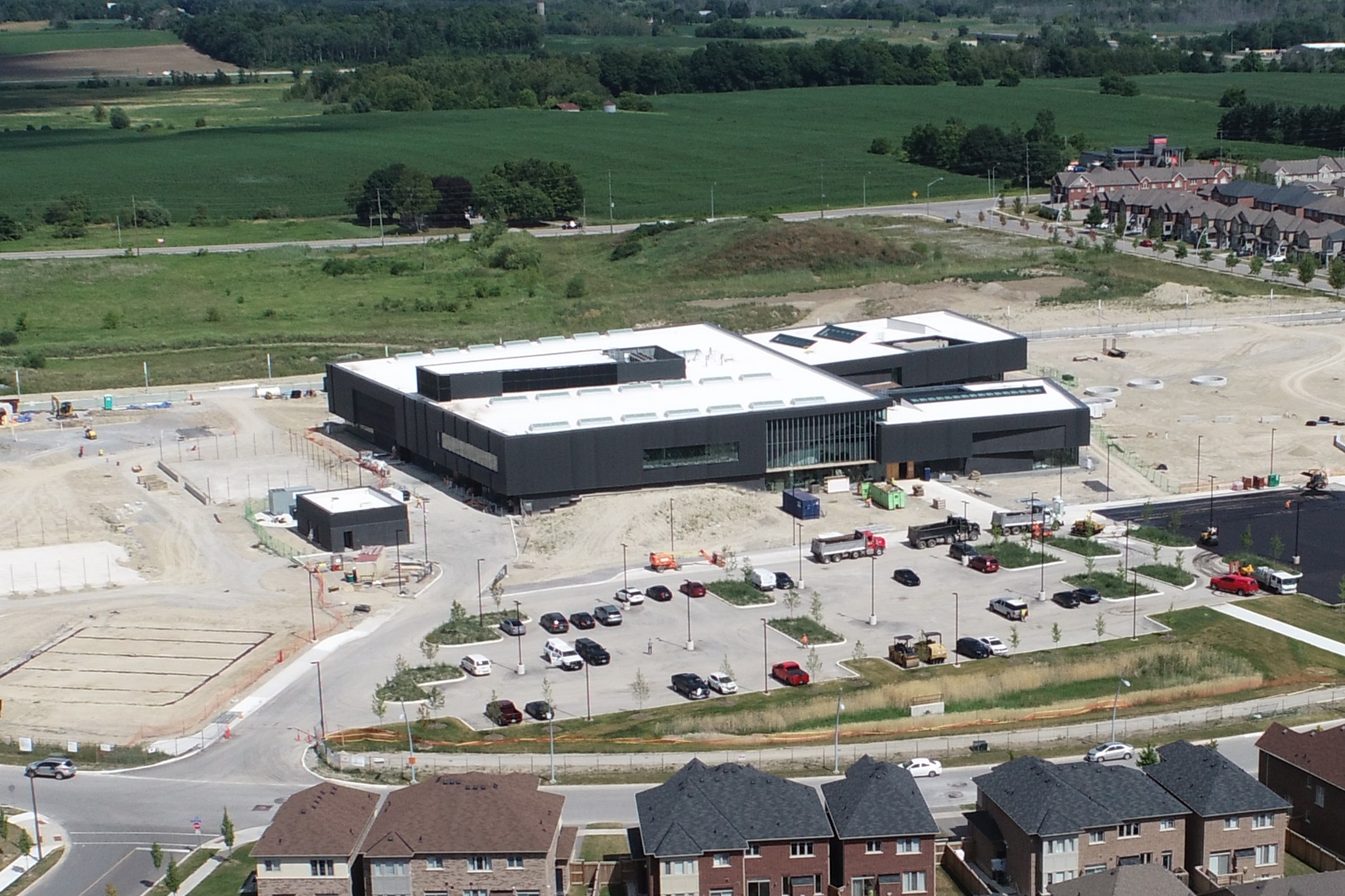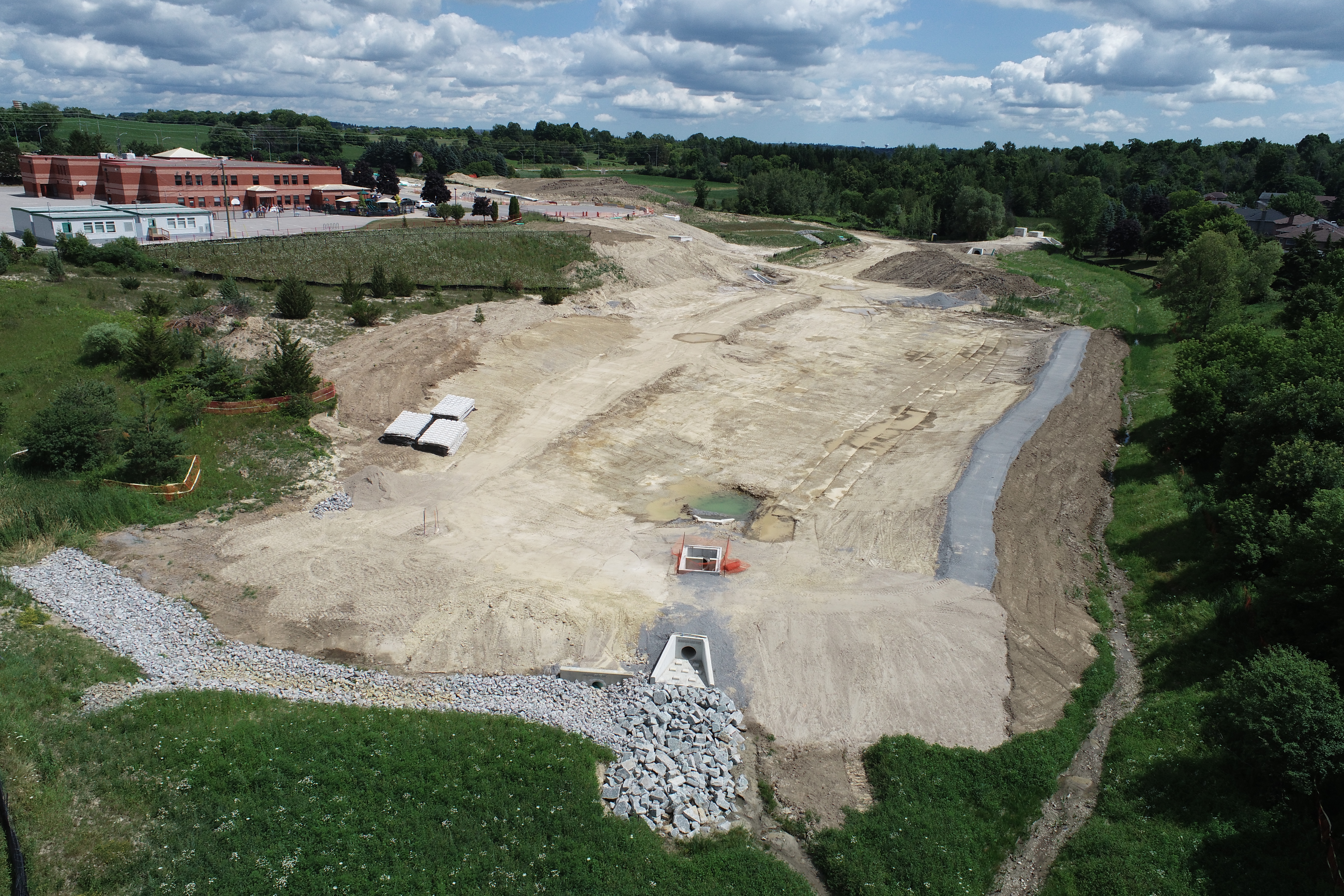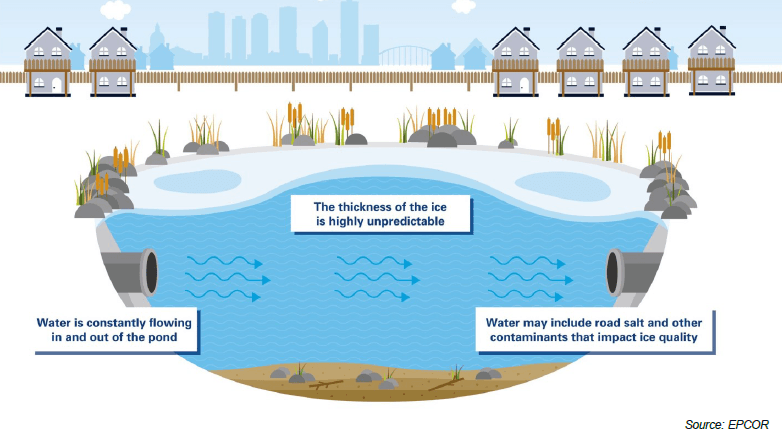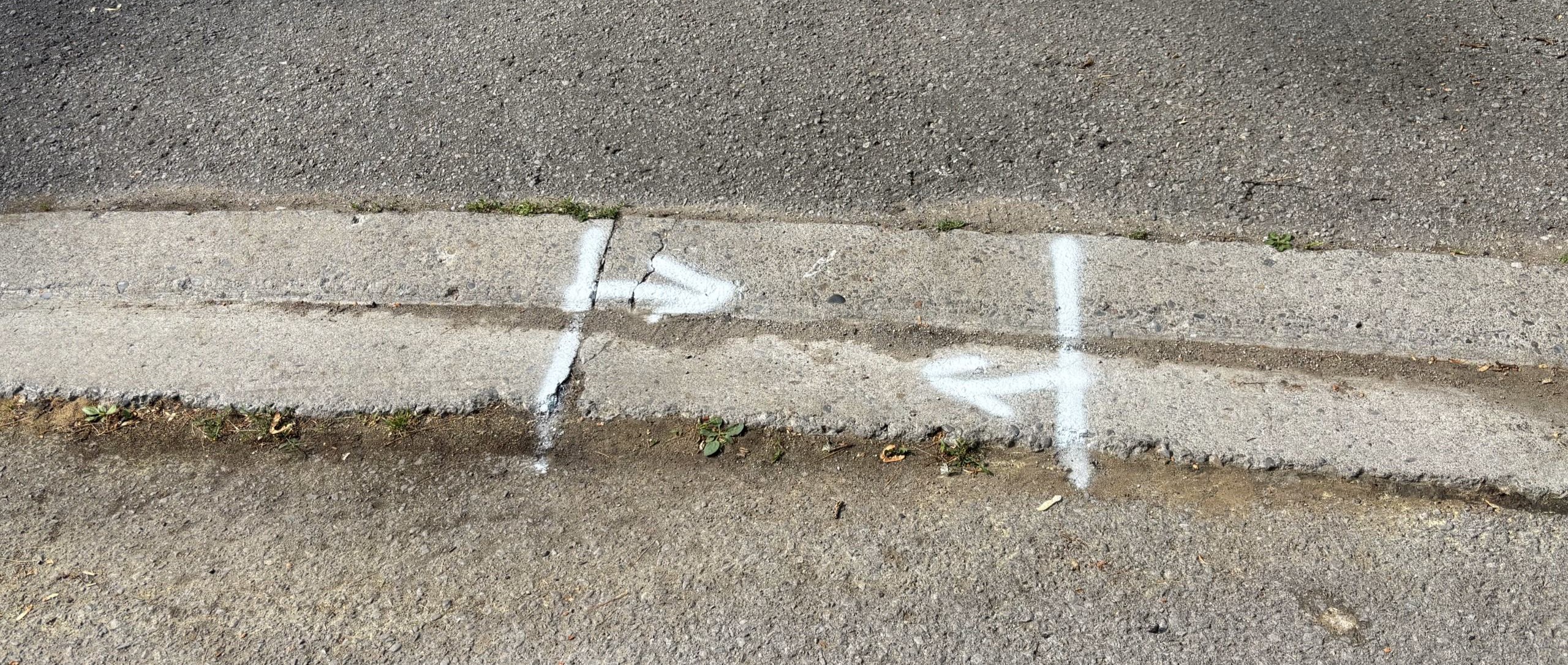Development Engineering
The Development Engineering team:
- Reviews subdivision plans and site plan applications from inception through all phases including design, construction supervision, and inspection until completion.
- Ensures all developments are properly serviced with regards to water, roads, sewers, stormwater management facilities, and road lighting.
- Addresses resident concerns in unassumed subdivisions.
- Reviews and approves site alteration, grading, drainage, and pool permit requests.
Frequently Asked Questions
Below are some of our most frequently asked questions. Didn't find what you're looking for? Check our Newly Built Homes page or contact our Customer Service team at 905-478-4282 or by Email.
Residential Development
| What are the different stages of development? |
|
Building Permit Stage: This stage is when builders apply for each building permit, allowing for homes and other structures to be built. Maintenance Stage: In this stage, construction is finished, and the subdivision is complete. The Town will officially issue the start of Maintenance once the Developer has reached all requirements of their Agreement. In this municipality, the subdivision must remain in the maintenance period for a minimum of 13 months. During the maintenance period, various construction activities may still occur to satisfy the Developer’s agreement with the Town and prepare the subdivision for assumption. After 13 months, the developer is eligible to apply for assumption. Please note: Assumption has no time limit and is based on the Developer meeting all requirements of their agreement with the Town. The Developer maintains responsibility for the infrastructure in the subdivision until the maintenance period is complete. Assumption Stage: Once the maintenance period has passed and all deficiencies have been corrected, the Town will assume full responsibility for the maintenance of all municipal services. |
| When will my subdivision be assumed by the Town? |
| A subdivision will be assumed once the stages of development have been completed, and all the requirements of the Developer have been completed to the satisfaction of the Town. |
| Will the Town notify me when my subdivision is assumed? |
| There is no formal notification process when subdivisions become assumed. However, residents can inquire about their subdivision’s stage of development by contacting the Town at 905-478-4282 or by email. |
|
What is a subdivision agreement? |
|
A subdivision agreement is a legal contract between the Developer and the Town. The agreement clearly states the developer’s obligations for completion of the subdivision. |
|
How do I determine who is the Consulting Engineer, Developer or Builder for my new subdivision? |
| Your Purchase of Sales Agreement will tell you who your builder is. To determine the Consulting Engineer or Developer please contact Customer Service at 905-478-4282 or by email. |
| When can I construct a fence? |
| It is recommended that residents wait until their lot grading has been certified by the builder before fence construction. To find out if your lot has been certified, you can contact the builder or the Town at 905-478-4282 or by email.
When you are ready to construct your fence, ensure that it is in accordance with the Town’s By-laws. Fence construction on property lines can often impact side yard drainage swales and it is ultimately the responsibility of homeowner to ensure they are not altering drainage swales or negatively impacting neighboring properties. |
| When can I landscape my property? |
|
It is recommended that residents wait until their lot grading has been certified by the builder, reference their purchase of sales agreement with their builder before proceeding, and ensure all proposed works are completed in accordance with Town’s By-laws. Residents are not permitted to change the grading and drainage patterns on their property. Lot grading is designed with stormwater management for the site and any alteration to the design can have a negative impact on the development. Homeowners who change the drainage patterns could be held liable for damages. Residents should contact the Town before beginning landscaping or installing fencing, sheds, decks or pools to discuss these changes and what by-laws or permitting may be required. The Town has a boulevard by law that regulates acceptable planting/landscaping and locations that can be used on the municipal boulevard. For more information, residents can review the Town’s By-law or contact the Town at 905-478-4282 or by email. |
| When can I construct a pool? |
| It is recommended that residents wait until their lot grading has been certified by the builder, reference their purchase of sales agreement with their builder before proceeding, and ensure your pool is completed in accordance with Town’s By-laws. |
| Who do I contact about construction inconveniences? |
|
Subdivisions undergoing construction may have temporary inconveniences regarding noise, truck traffic, dust, dirt, or construction vehicle parking. The Town requires developers to reduce these inconveniences to the best of their ability and deals with non-compliance as required. If you notice excessive debris left in an unassumed subdivision, please contact the Developer directly, or the Town at 905-478-4282 or by email. |
Industrial, Commercial, and Institutional Development (Site Plan)
| General information | ||
|
Site Plan approval allows the Development Engineering department to review technical aspects of a proposed development, such as grading, drainage, servicing, and access. For more information, please visit our Site Plan page or contact our Customer Service team at 905-478-4282 or by Email.
|
Lot Grading and Drainage
| What is the Developer’s, Builder’s, and Homeowner’s responsibility in lot grading? |
Developer Responsibility:
Builder Responsibility:
Homeowner Responsibility:
|
| What is a grading deposit? |
|
A grading deposit is made to the builder by the homeowner to ensure that homeowners will not alter the grading of the site with pools, fences, or other landscaping that could prevent the developer from obtaining their grading certification (confirmation that the lot was graded in accordance with the approved grading). Any grading deposits retained by the builder are not a requirement of the Town. The Purchase of Sales Agreement is between the homeowner and builder and should stipulate when the deposit can be released. |
| What is the Lot Grading Process? |
|
| What is a swale? |
|
| What is a rear lot catch basin? |
|
|
What do I do if I see water pooling? |
|
If you see water pooling on your property, please contact Customer Service at 905-478-4282 or by email. |
Stormwater Management Ponds
| What are Stormwater Management Ponds (SWMPs)? | ||
|
In natural areas, the water from rain or snowfall is absorbed by plants and the ground. However, the driveways, sidewalks, roads, and roofs in our neighborhoods cannot absorb this water, leading to an excess of water on the ground (runoff). If left uncollected, this can cause flooding or water pooling. Stormwater management ponds are facilities designed to collect runoff from the local storm sewer system. They temporarily hold water, provide treatment, and then slowly release it back into the environment.
|
||
| After assumption, what maintenance will occur? | ||
The Town regularly maintains all our assumed SWMPs. This includes, but is not limited to:
Cutting the grass surrounding the SWMP is not normal practice because the facilities are designed to be a natural environment, helping the stormwater infiltrate into the ground. Help us maintain our SWMPs by reporting issues, such as any odours, abnormal water colours, or high water levels, to the Town at 905-478-4282 or by email. |
||
| Is a storm water management pond safe? | ||
|
Condominiums
| Will my condominium be assumed? |
| Condominiums, schools, shopping centers, and other private enterprises do not typically get assumed. |
| Who is responsible for waste collection, road maintenance and snow clearing? |
| Typically, your condominium board will be responsible for ensuring your property is properly maintained and serviced. Please contact your condominium board directly for more details. |
| Can I landscape or add a fence to my property? |
| Your condominium board will regulate any alterations that you are able to make to your property. Please contact your condominium board directly for more details. |
Other
|
I have an easement on my property, what does that mean? |
|
An easement typically contains infrastructure that is owned by another entity besides the property owner, such as the Town or a utility company. The easement is registered on the property to grant permission for the owner of the infrastructure to access the property for maintenance purposes. Examples of infrastructure in easements include, but are not limited to catch basins, underground pipes, and utility pedestals. Residents are not permitted to construct or place any structure within the easement. |
| Why are there spray painted markings on the curb/driveway/road? |
|
In unassumed subdivisions, inspectors from the Town work with consultants to determine any deficiencies that arise after construction, sometimes using white spray paint to mark the deficiencies to easily identify them. Issues identified by the inspectors that do not meet Town standards will be corrected prior to assumption. In assumed subdivisions, these markings may be indicative of an upcoming capital project. Residents can view the Town’s current capital projects using this interactive map or on the Town’s website.
Blue spray-painted lines are normal practice to identify water box/valve locations. The Town requires Developers to do this in new developments. Yellow spray paint is often used by gas utilities, like Enbridge, to identify the location of their gas line. |
|
Who will plant my boulevard tree and when? |
| Prior to assumption, the developer is responsible for planting boulevard trees in accordance with the subdivision agreement and will likely do so in the spring or fall, after the sod has been laid. |
|
Why doesn’t my property have a boulevard tree? |
|
The location of transformers, utility pedestals, streetlights, signs, hydrants, or proximity to intersections determine whether it is possible to plant a tree in front of a home. |
|
Can I install a tree ring around my boulevard tree? |
| No, tree rings and other landscaping are not permitted within 3m of the base of the tree, according to Bylaw 2016-119.
When tree rings are constructed, they can cut the roots of the tree, affecting the tree’s stability. Tree rings can also interrupt tree growth and increase tree mortality. |
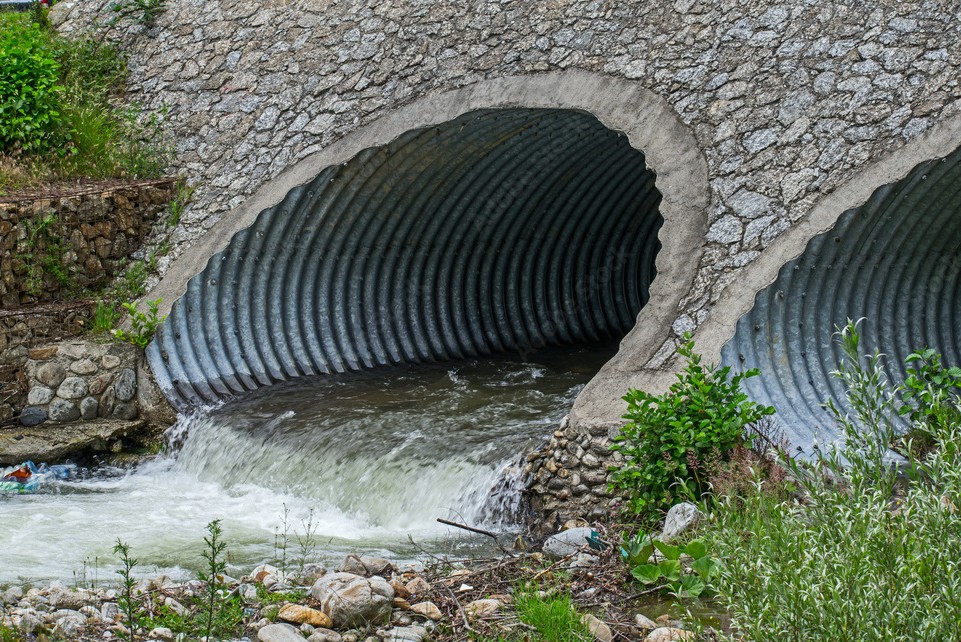

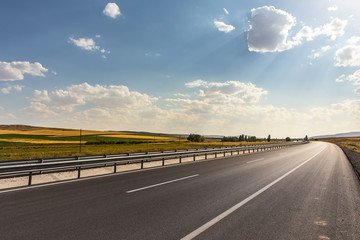
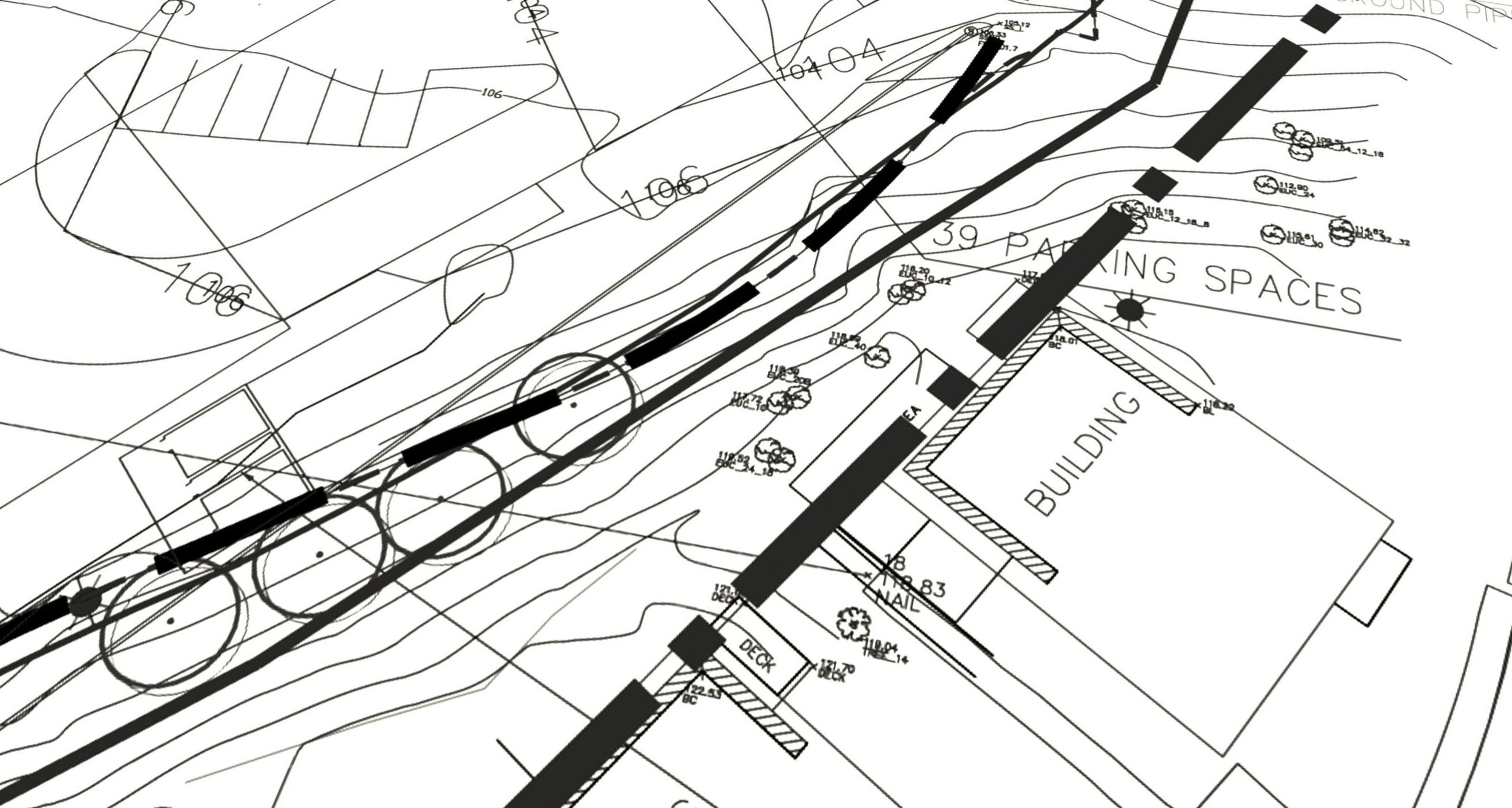

Contact Us
Our Customer Service Team is here to help!


